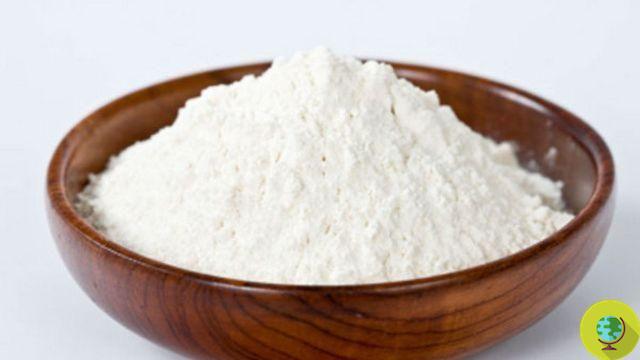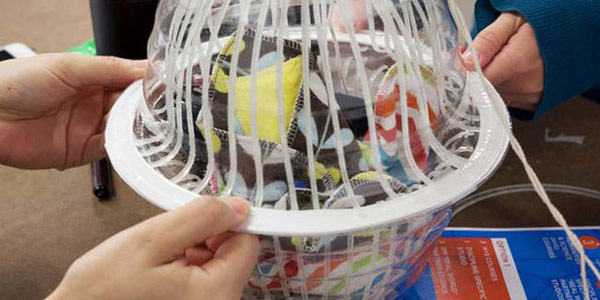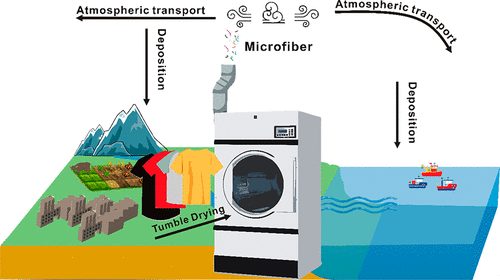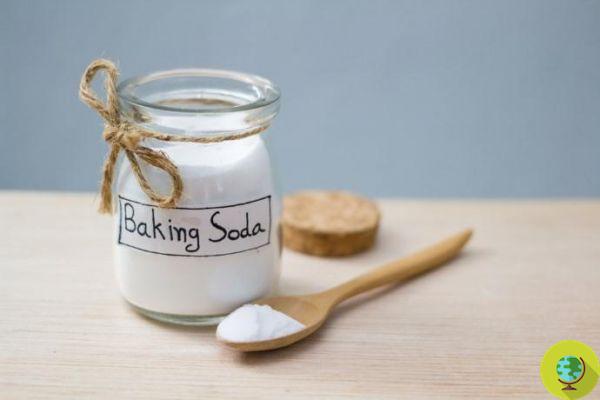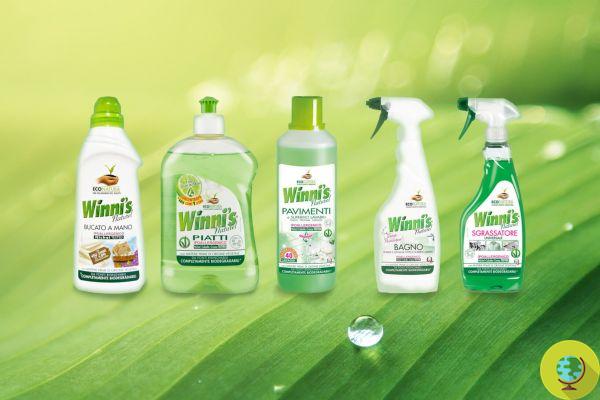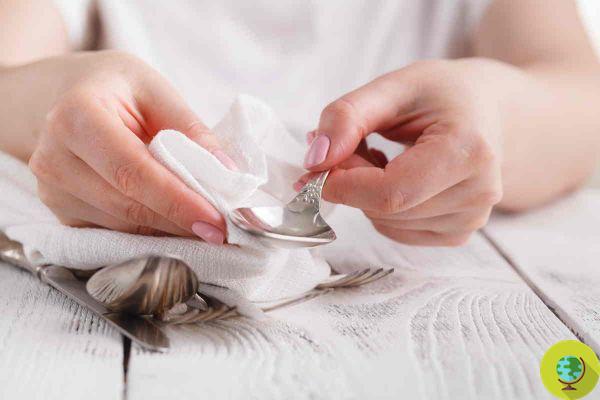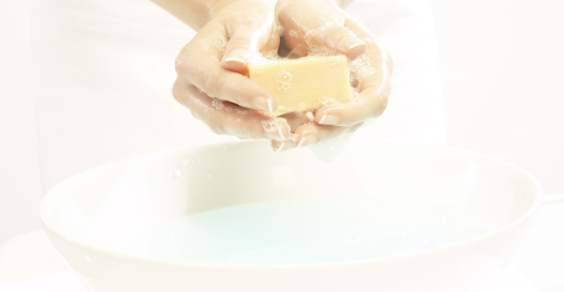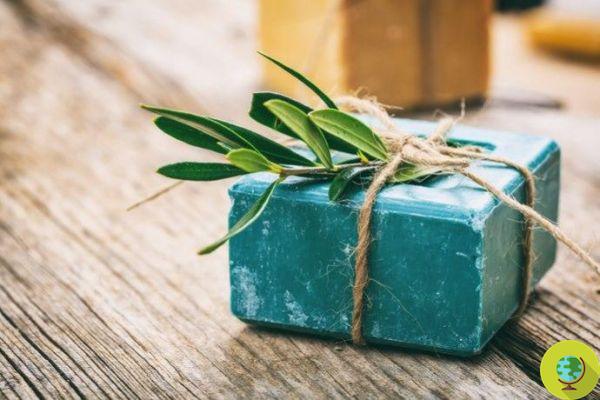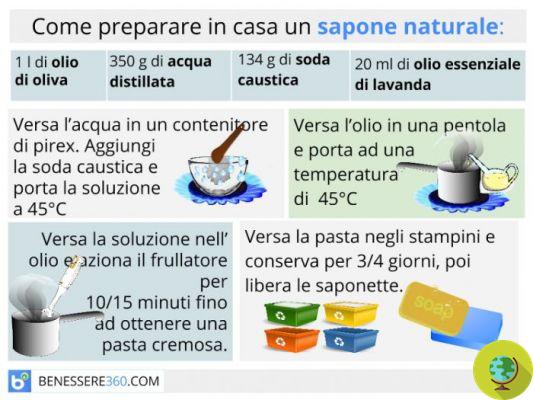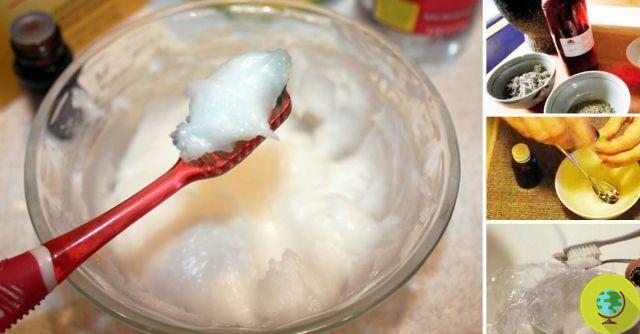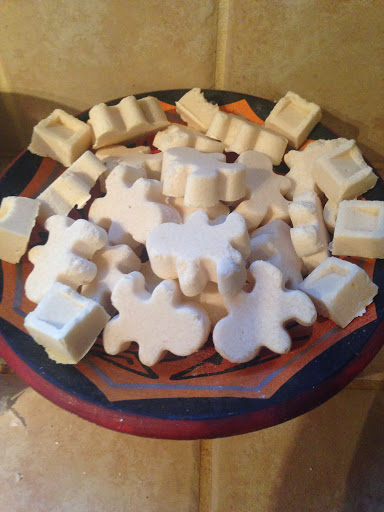Under the name of soapwort or soap plant there are actually several botanical species whose main characteristic is that of containing saponin. This means that, at least potentially, they can be used as a natural cleanser. However, the most famous and used ones are few, let's find out more about their characteristics.
He is about to end up run over, his mother saves him
Under the name of soapwort o soap plant in reality there are several botanical species whose main characteristic is that of containing saponin. This means that, at least potentially, they can be used as natural cleanser. However, the most famous and used ones are few, let's find out more about their characteristics.
Nature has given us some trees whose fruits can act as natural soap, in particular some species of Saponaria and Sapindus. In fact, all trees belonging to the genus contain in the shell of their fruits a natural substance called saponin whose main characteristic is precisely that of being a detergent.
The saponin, in contact with water, dissolves and produces a soapy solution that cleans by generating a light foam almost odorless.
Index
Saponaria officinalis
This plant, traditionally also called "saponella" or "lanaria grass", is part of the Caryophyllaceae family. If used together with water it produces a natural detergent which, especially in the past, was used for more delicate fabrics (for example wool).
There were those who collected this plant on the banks of rivers and used it to wash their hands, other parts of the body or their clothes. Once combined with water, in fact, it is able to release the saponins, substances with a cleansing power that the plant actually produces to defend itself against fungi and parasites.
Saponaria officinalis is still used today in the formulation of some detergents but it is also a plant dear to phytotherapy. In fact, the saponins contained in it give it purifying and diuretic properties as well as sweat and expectorant properties. For this there is a mother tincture of soapwort that is used for different purposes, most of the time for topical use in the treatment of acne and other dermatological problems.
Soapwort decoction
If you want to experience the cleaning power of this plant, you can make a decoction, useful for hand washing clothes but also to be used instead of shampoo especially if you have fragile hair. A simple recipe that can be used for the hair involves the use of 2 tablespoons of dried soapwort boiled in 500 ml of water for about 10-15 minutes. At that point you can use the solution instead of the traditional shampoo (obviously you don't expect a great lather!).
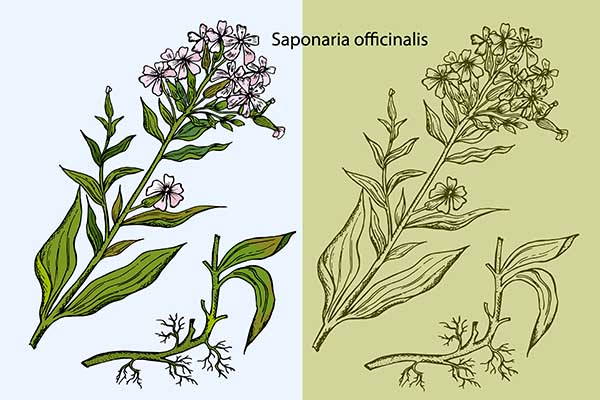
Sapindus Mukorossi e Sapindus saponaria
Among the plants best known for its cleansing power there is undoubtedly the Sapindus Mukorossi, erroneously known as soapwort (it is not part of this species) or soap tree (You have probably heard of the famous and much discussed soap nuts or wash nuts that are made from it).
It is above all in India and Nepal that the fruits of this plant were traditionally used as a detergent or detergent for washing clothes, body and hair.
To obtain the detergent, the fruits are first collected, peeled and the shells left to dry. It is precisely the peels that, when mixed with water at more than 30 degrees, dissolve and form the natural detergent.
To wash the clothes in the washing machine, generally 5 or 6 half shells are used in a cotton bag or sock directly inserted into the drum. The clothes will come out without perfume so, if we want, we can also add a few drops of essential oil to the washing water. With a kilo of walnuts you can make about 100 washes in the washing machine.
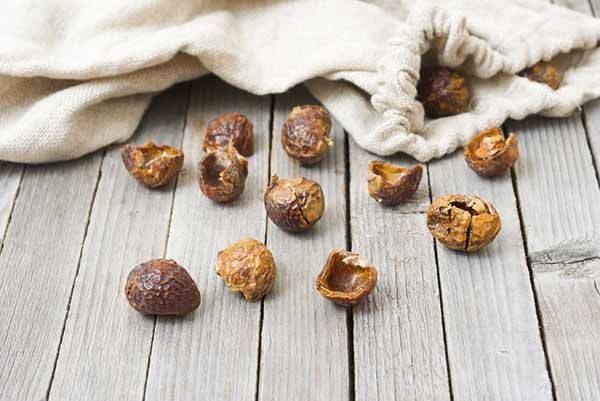
If, on the other hand, you are interested in obtaining a concentrated soap, it will be sufficient to boil twenty or thirty peels for each liter of water. After boiling for five minutes, turn off the heat and allow the solution to cool.
When using this natural cleanser it is not necessary to use fabric softeners, as the clothes, at least in theory, will come out quite soft.
However, not everyone is convinced of the real cleansing efficacy of these fruits.
In Latin America, on the other hand, there is Sapindus saponaria, another species of the same family that is more resistant to cold. Its fruits are also rich in saponins and therefore can be used to make do-it-yourself soaps and detergents.
On saponaria officinalis you may also be interested in:
- La saponaria: natural cleanser and ingredient of a greedy dessert
For your ecological laundry you can also try other solutions:
- 5 do-it-yourself laundry detergents
- Do-it-yourself detergents: how to self-make soap for the washing machine (liquid and powder)
- Do-it-yourself single-dose detergents for washing machines, dishwashers and ecological cleaning
- How to make delicate baby laundry sanitized and without polluting





